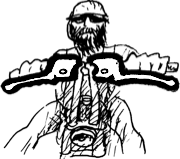Controls
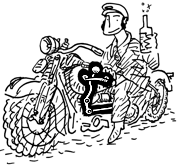


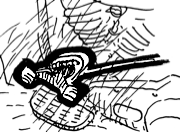
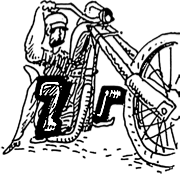

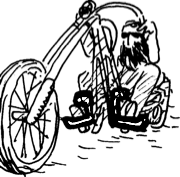
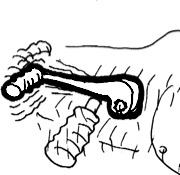
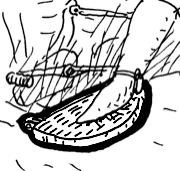
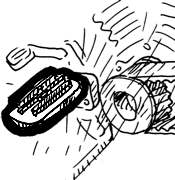

Related Topics
Accelerate, shift gears, brake, activate clutch:
the rider of a Harley-Davidson gets around with these four basic types of action distributed over 2 hands and 2 feet. And when the hands and feet are not active, they can be found on the handlebar grips and the footboards or footrests. Just like any average moped, right? For those who know nothing else, here's a bit of history.
Shifting gears by hand or foot?
If we exclude things like the two-speed rear wheel hub with integrated clutch, then historically speaking, the manual gearshift came first. From 1915 onwards, the V-twins from Milwaukee came with a three-speed gearbox that was operated via a lever on the left side of the tank. The clutch was operated by a foot pedal. Incidentally, you could take your foot off the pedal at any time; the pedal was spring-loaded and remained in any position by itself. Foot-operated gearshifts only gradually became established in the 1950s, and authorities were still able to order their FLHs with manual gearshifts in the 1970s. The officers were just used to it.
Incidentally, the first foot-operated gearshifts were on sports bikes. It turned out to be absolutely practical if you could quickly change gear with the tip of your foot without having to move your foot or even take your hand off the handlebars. Which proves once again that important practical innovations on motorcycles often come from sport. In the mid-1970s, America earned the golden badge of honour with the standardization of the foot-operated gearshift. Until then, the gearshift could be operated with the left or right foot, sometimes the first gear was up, sometimes down. And almost every time you switched from one motorcycle to another, you had to retrain. A US law from 1975 put an end to this confusion: Shift left, first gear is down. That's it. (In cars, the order of the pedals is also standardized.) And since the USA was one of the largest markets in the world, manufacturers adapted their gearboxes accordingly. Thank you, America!
Handbrake? Foot brake?
Footboards, footbrake pedal, rear brake - somehow they all belong together in the Harley Twin concept. In fact, Harley-Davidson introduced these three components at the same time in 1914. The option of activating the brake by backpedaling was finally dropped a year later. The handbrake lever arrived in 1916. However, this did not activate a front wheel brake, but a second rear wheel brake. The pedal caused the inner brake band to expand, while the hand lever pulled the outer band brake via a Bowden cable. The handbrake lever was sometimes on the left, sometimes on the right, depending on the rider's preference.
Nowadays, there is also clarity here: the clutch is engaged on the left on the handlebars, the front wheel is braked on the right. And after the left foot was designated as the shift foot, the right foot is the brake foot. Even if, of course, there are still K models and older Sportsters (from before 1975, of course) on the road where it's the other way round.
Which controls are available at W&W Cycles?
Apart from the hand clutch and handbrake controls, there are pedals, levers and the shift rods, plus complete hand shifters as well as individual levers and linkages. Complete foot controls, individual foot control components, shift linkages with ball joints and clevises. Complete foot clutches and spare parts, and of course individual clutch pedals. Brake pedals, base plates, pedal pads, brake linkages. And of course everything for putting your feet down: Footboards, footrests, as forward or mid controls. All this from manufacturers such as Performance Machine, Roland Sands, Kustom Tech, Lowbrow, Prism Supply.

Have any questions?
Our service team will be glad to help out: Mondays - Thursdays 08:00-17:00 CET, Fridays 08:00-16:00 CET, Phone: +49 / 931 250 61 16, eMail: service@wwag.com
